When photojournalist Émilie Régnier was nominated for the 2014 Joop Swart Masterclass, she had to find a story fast. Her first thought was to focus on skin bleaching, a notable health issue in West Africa, where Régnier has spent much of her life. Realizing it would take more time to develop this story than the masterclass allowed, she found inspiration inside a hair salon, more specifically inside a hairdresser’s style book in Abidjan, the largest city in Ivory Coast. The photographs in the album were stamped with the photographer’s name: Adama. Knowing she had found her story, Régnier called Adama and asked if she could learn from him. Mimicking the style and techniques of Adama and other local photographers, Régnier hung a film camera around her neck and crisscrossed Abidjan documenting the myriad of hairstyles available in the salons. Although Régnier didn’t sell her photos to hairdressers to include in their books, as local photographers do for 75 cents to one dollar, she did share the pictures with the women she photographed. PDN discussed the development of the series, “Hair,” with Régnier and what the images say about West African Culture.
PDN: How did you explain your intentions to the women you photographed?
Émilie Régnier: I told them I wanted to work on beauty and what it takes for them to feel beautiful. When I started this project, I was somehow convinced that black women wearing wigs was the result of some sort of a neocolonialist complex. After this project, I realized how wrong I was. Those women were not wearing wigs because they wanted to look like white women. They were wearing wigs because their bigger influences were Rihanna or Beyonce. I enjoyed how they appropriated the idea and made it their own by adapting and creating something that is unique. To quote Dieudonné, a hairdresser in Marcoury, a popular neighborhood in Abidjan, “Tell me who you are and I will tell you what hairstyle to wear.” To me, all the hairstyles represent a fusion between African-American influences and African interpretations.
PDN: Are there particular questions you ask the women about how they choose to style their hair?
ER: I always ask the women in this project why they would choose a certain haircut instead of another. The reasons are pretty much always the same: “I want a look like Rihanna or Beyonce!”
PDN: Can you tell me about your choice to photograph the series in a raw, snapshot style?
ER: Regarding the photo style, I was inspired by the local photographers and their traditional techniques. My pictures are more messy then theirs, as I was not looking to do something clean that will please the women in order to sell the photos.
PDN: How do you determine the setting of each photograph?
ER: For the purpose of this project, I would go from hair salon to hair salon across different popular neighborhoods. I did not determine the setting, really. I was mainly working instinctively. If a woman caught my eye, I would go talk to her, explain the project and try to have her be part of it.
PDN: Do you give images to the women you photograph? If so, what has the reaction been?
ER: I always give images back to the people I am working with. They did not have much of a reaction as they are used to being photographed this way with different haircuts.
PDN: What do you feel this series says about West African culture?
ER: I think this series talk about diversity, contrast, Afro-American influences and how our definition of beauty is influenced by our culture.
PDN: Is there anything else you’d like viewers to know about this series?
ER: I think as a black women that I somewhat understand what these women are seeking through hairstyle. Part of our identity is inherent to our image, and our image is defined by our attitude. In the Bible, Delilah cuts Samson’s hair and he instantly loses his legendary strength. The metaphor still applies today, at least to black women, for whom the amalgam of hairstyles and power go hand-in-hand
Follow Régnier on Instagram, Twitter and Facebook.
—Sarah Stacke
Related:
What’s a Nigerian Identity?
Everyday People
The Imagination of José Picayo and You
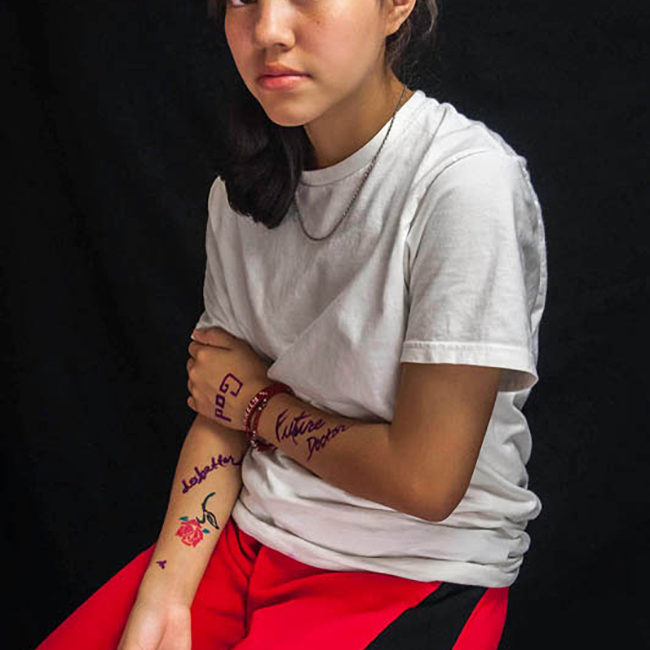
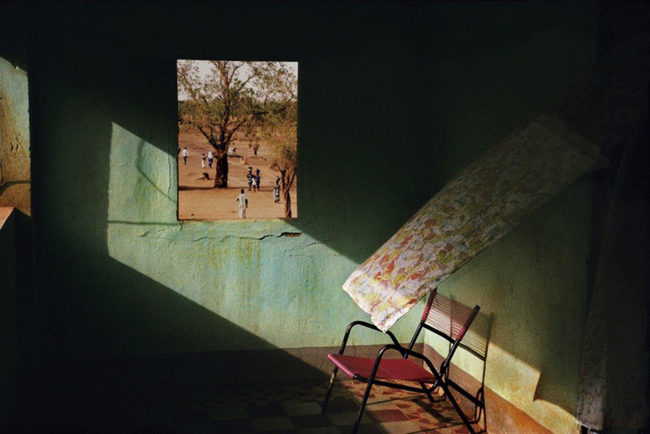



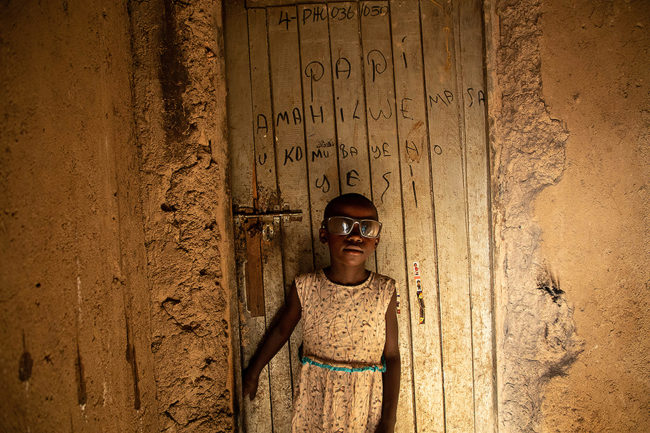
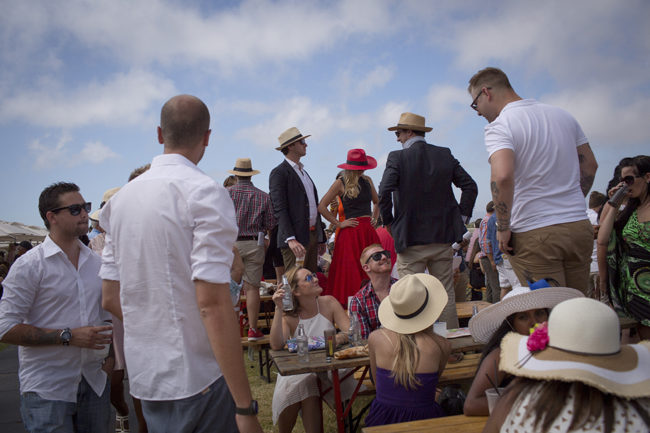

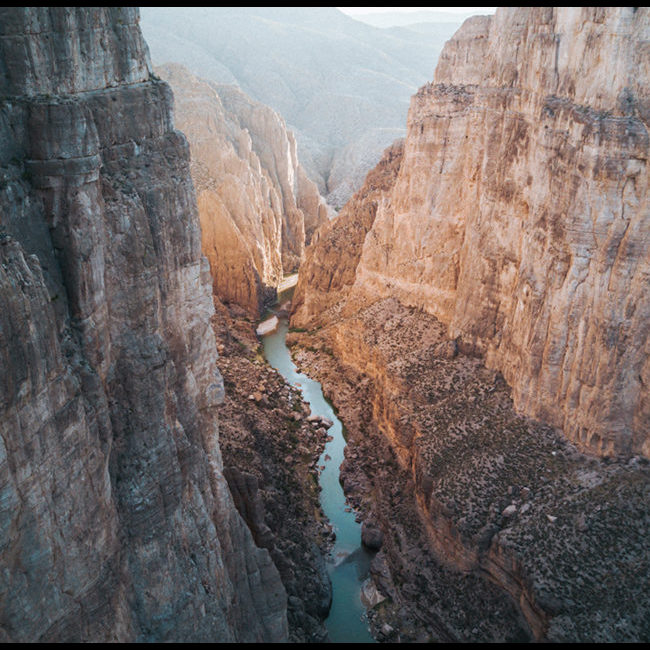
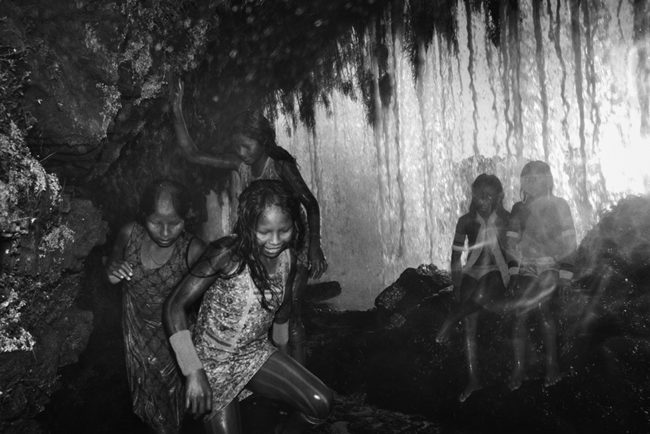
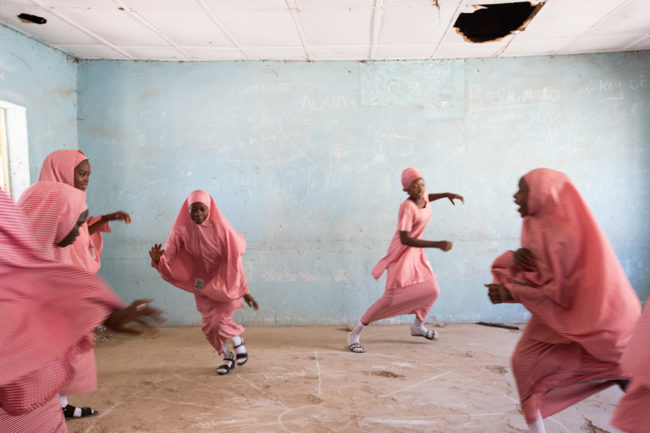
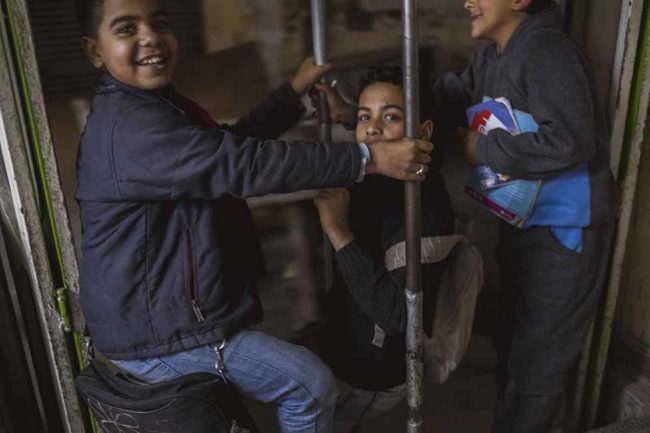
How come you are working here?